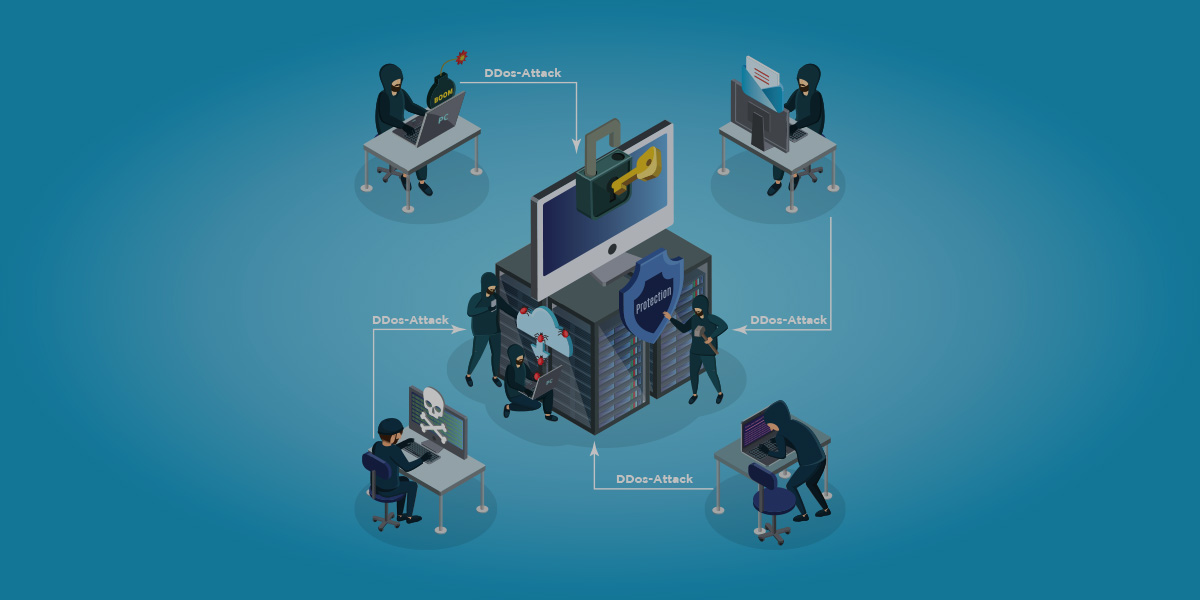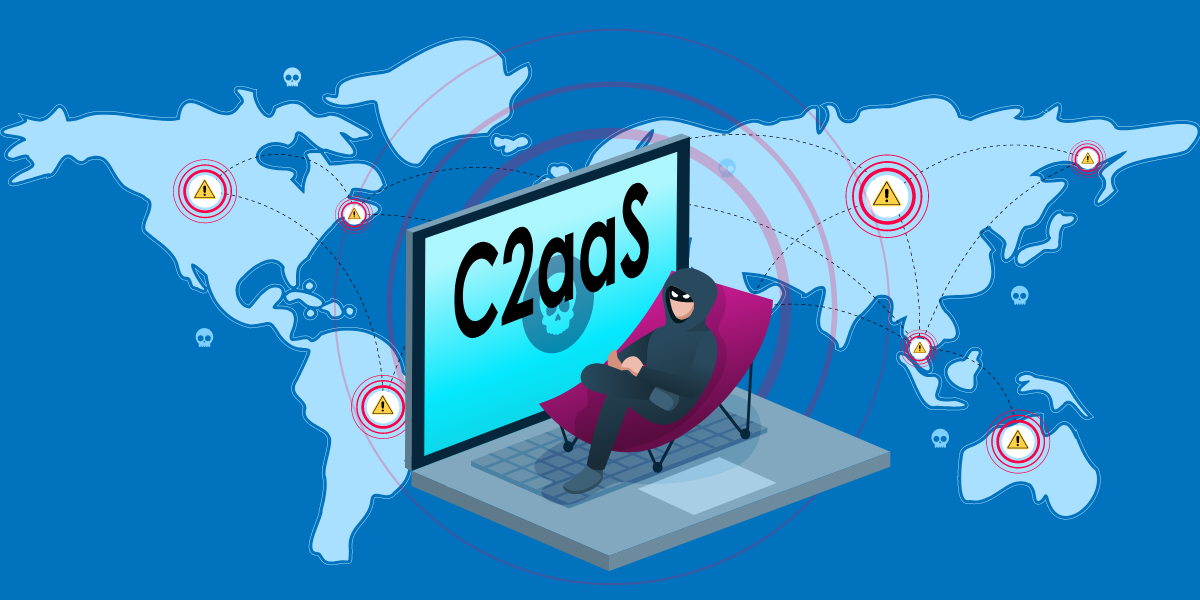What is meant by denial-of-service attack?
A Denial-of-Service (DoS) attack is a type of cyberattack that prevents legitimate users from accessing computing systems, networks, services & other Information Technology (IT) resources.
In these types of assaults, the attackers generally flood web servers, systems, or networks with traffic, overloading the victim’s resources and making it difficult or impossible for others to access them.
While most DoS assaults do not result in data loss and are usually handled without ransom, they cost the company time, money, and other resources to restore vital business operations.
What are the common types of DoS attacks?
DoS attacks can be carried out in 2 different ways: by flooding devices or crashing them. Flood assaults happen when a system receives too much traffic for the server to buffer. It may slow down and eventually shut down the server. The following are some of the most common floods:
Buffer overflow attacks – A buffer overrun is the most common DoS tactic. The goal is to send more data to a network interface than the engineers expected.
ICMP flood – exploits vulnerable network devices by sending bogus packets that ping every machine on the targeted network instead of just one.
SYN flood – sends a server a connection request but does not complete the handshake.
Other DoS attacks exploit weaknesses in the target system or service to bring it down. These attacks involve receiving input that exploits the target’s vulnerabilities, leading the system to crash or become considerably destabilised, making it hard to access or use.
What is a distributed denial-of-service attack?
Distributed Denial of Service (DDoS) attack is another type of DoS attack. These attacks involve numerous systems coordinating a synchronised DoS attack on a single target. The key difference is that the target is attacked from numerous directions simultaneously rather than from a single entity.
DDoS attackers frequently employ a , a collection of hijacked devices connected online, to launch large-scale attacks. Attackers use command and control software to exploit security flaws or hardware weaknesses to control many devices.
How do you identify a DoS attack?
A DoS attack can mimic non-malicious availability concerns like network congestion or a system administrator performing maintenance. The following signs may suggest a DoS or DDoS attack:
- Irregular network performance with reduced speed
- Inability to access any website
- Certain websites turn out to be unavailable
Monitoring and analysing network traffic is the most prominent way to identify and evaluate a DoS attack.
How can you curb the risk of a DoS attack?
Modern security systems have created ways to protect against different types of DoS assaults.
When adversaries threaten huge DoS assaults, verify extortion attempts. Cybersecurity solutions, such as K7 Unified Threat Management devices, may assist the company in immediately analysing the threat and assessing its ability to interrupt operations, perhaps saving the company money if the threat isn’t serious.
K7 Security’s international award-winning solutions secure the IT infrastructure of enterprises of all sizes with comprehensive, multi-layered cybersecurity. Feel free to Contact Us for more information on securing your organisational data against cyberthreats.











